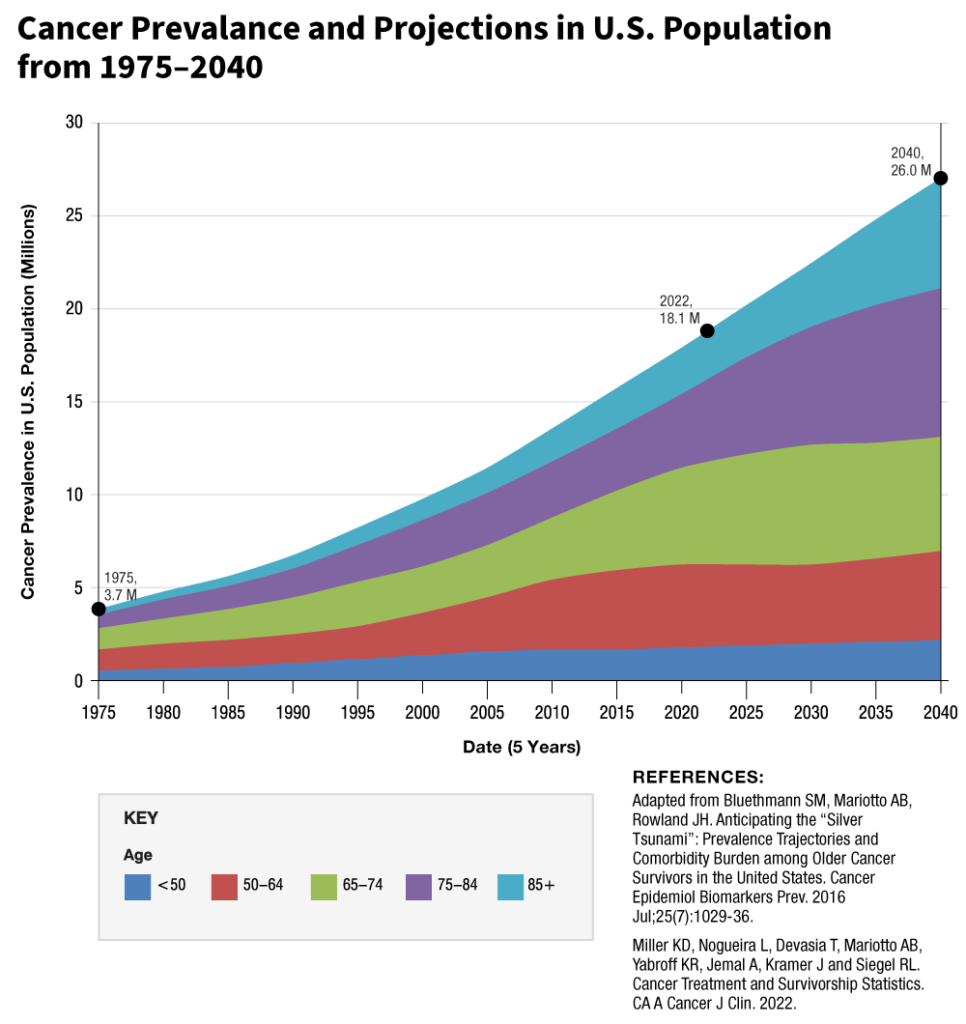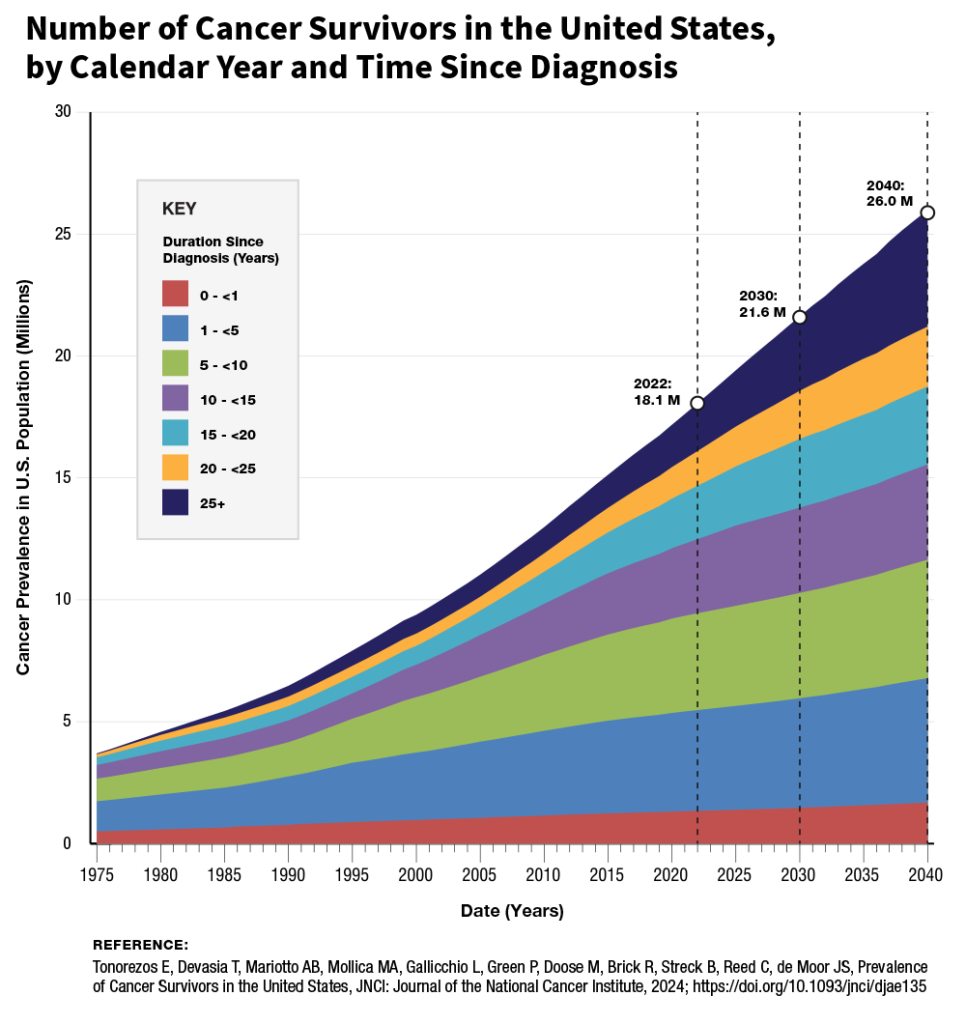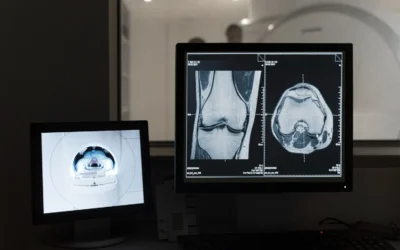In a groundbreaking study, researchers have unveiled the remarkable impact of cancer prevention and screening efforts over the past five decades. Nearly 6 million deaths from five major cancer types have been averted since 1975, thanks to a combination of prevention strategies, screening programs, and treatment advances.
Table of Contents
The Power of Prevention
The study, published in JAMA Oncology, reveals that an estimated 5.94 million deaths from breast, cervical, colorectal, lung, and prostate cancers were prevented between 1975 and 2020. Strikingly, 80% of these averted deaths—approximately 4.75 million—can be attributed to cancer prevention and screening efforts.

Breaking Down the Numbers
- Lung Cancer: The most significant impact was observed in lung cancer, where tobacco control efforts accounted for a staggering 3.39 million (98%) of the estimated 3.45 million deaths averted. This underscores the critical importance of smoking cessation programs and public health initiatives aimed at reducing tobacco use.
- Breast Cancer: For breast cancer, 1.03 million deaths were prevented out of a potential 2.71 million. Treatment advances played a major role, contributing to 770,000 of those averted deaths, while mammography screening accounted for the remainder.
- Colorectal Cancer: Screening efforts and the removal of precancerous polyps were responsible for 740,000 (79%) of the estimated 940,000 deaths averted from colorectal cancer. This highlights the effectiveness of colonoscopies and other screening methods in early detection and prevention.
- Prostate Cancer: Prostate-specific antigen (PSA) testing contributed to 200,000 (56%) of 360,000 deaths averted from prostate cancer, with treatment advances accounting for the rest.
- Cervical Cancer: An estimated 160,000 cervical cancer deaths were prevented through screening efforts such as Pap smears and human papillomavirus (HPV) testing, as well as the removal of precancerous lesions.

The Multi-Pronged Approach
Dr. Philip E. Castle, a co-author of the study from the National Cancer Institute, emphasized the importance of a multi-faceted strategy in reducing the burden of cancer in the United States. He stated, “A multi-prong approach is needed to reduce the burden of cancer in the United States. And while cancer treatment keeps those with cancer from dying, cancer prevention and control keeps people from ever getting cancer, keeps healthy people healthy, and the quality of life of those who never get cancer is much greater than those who have to undergo cancer treatment.”
Looking to the Future
While the study’s findings are encouraging, the researchers acknowledge that there is still much work to be done. Dr. Castle pointed out the need for new methods of prevention and control for recalcitrant cancers, such as ovarian and pancreatic cancers, which continue to cause significant mortality.The study also highlights additional measures that individuals can take to reduce their cancer risk:
- Screening for other cancers, including anal cancer (HPV and/or cytology screening), liver cancer (hepatitis C screening), and stomach cancer (H. pylori screening or endoscopy) in high-risk individuals.
- Addressing the obesity epidemic and reducing alcohol consumption, which could lower the risk of developing multiple types of cancer.
Study Limitations and Future Research
The researchers acknowledged several limitations to their study, including:
- The models did not quantify emerging interventions with low uptake, such as lung cancer screening and HPV vaccination, which could further decrease mortality in the future.
- High-mortality cancers like liver, pancreatic, and ovarian cancers were not modeled due to the challenges in validating population models for these cancer types.
- Rare cancer sites, which account for a quarter of all cancer deaths, were not included in the study.
- The focus was solely on the U.S. population, which may not reflect the global burden of cancer.
Conclusion
This landmark study demonstrates the profound impact that cancer prevention and screening efforts have had on saving lives over the past five decades. As we move forward, continued investment in prevention strategies, screening programs, and treatment advances will be crucial in further reducing the burden of cancer and improving public health outcomes.
References
- Goddard K, et al. JAMA Oncology. 2023.





0 Comments